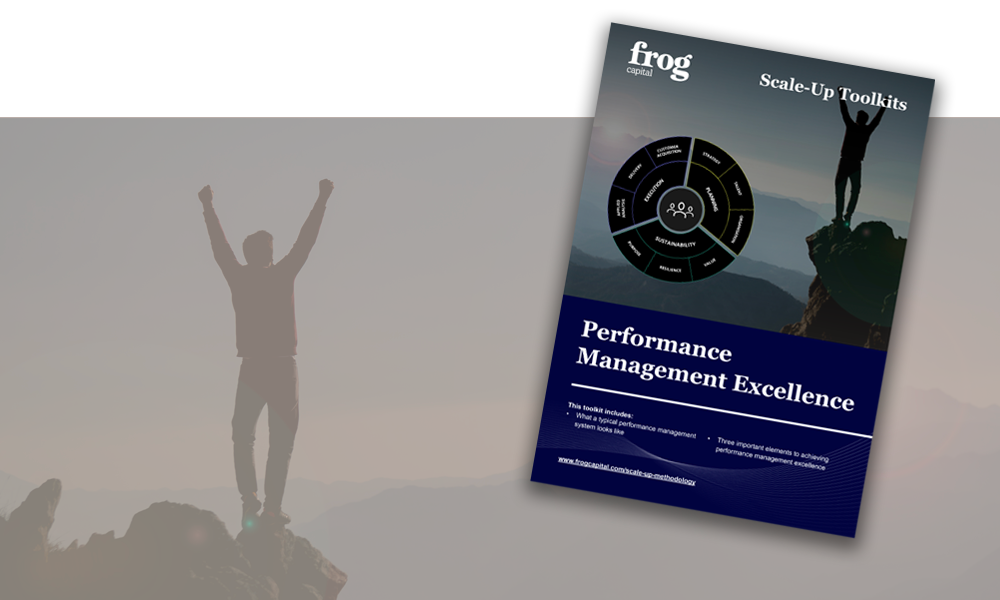Performance management has been called “the most hated process everywhere in the world”. Here are the common issues this refers to:
- Bad design: e.g. unobtainable or uncontrolled objectives, confusion of purpose (rewards, development, expectations)
- Poorly trained or engaged appraisers: leading to inconsistency or lack of proper output
- Low organisational priority: not ensuring time and resources available to make it effective
This reflects the bad practice of the past, whereas the modern approach focuses on more frequent conversations, more flexibility about inputs and outputs, and unbundling goals.
What is Performance Management?
The starting point should be to analyse what is meant by ‘performance management.’ Here is a comprehensive definition from Murlis and Armstrong:
Performance management is the continuous process of:
- Improving performance by setting individual and team goals which are aligned to the strategic goals of the organisation
- Planning performance to achieve the goals
- Reviewing and assessing progress
- Developing the knowledge skills and abilities of people
Performance at the company or team level will be financial or commercial, but might also include KPIs like churn or key accounts. Whilst at the individual level, it might be deliverables (which are hard to measure individually in most jobs), behaviours, productivity or other outcomes, such as quality or positive client feedback.
Why engage in Performance Management?
There should be a clear flow from company goals to department goals, manager goals and individual goals. There should also be clarity on why the system exists.
This might justifiably be to:
- Assist with allocation of limited resource: pay, promotion, jobs
- Recognise excellent performance
- Get employees engaged with corporate objectives
- Set performance expectations: for individuals and the organisation
- Develop and improve individual and organisational performance in line with these expectations
A surprisingly large number of organisations engage in performance management because they think they should or because they always have without any clear value add. A Deloitte survey on the subject showed that 58% of executives believed that the performance management approach was driving neither high performance nor employee engagement.
This group were also reported to confuse an appraisal system with performance management. Whilst a quality appraisal that reviews past performance, identifies development needs and actions, and sets expectations for the next period is a core part of performance management, it should be just one part of a more frequent, ongoing interaction that comprises proper performance management.
Indeed, its best use is to provide structure and documentation to the process but the beneficial impact is really derived from much more regular contact – part of the Deloitte reaction to the survey above was to put a much greater focus on weekly meetings. For some, the main benefit is that it forces managers to spend time talking to their staff but if this is the standard then there is a much bigger organisational culture issue.
The attached toolkit explores the core aspects of what a typical effective performance management system looks like.









